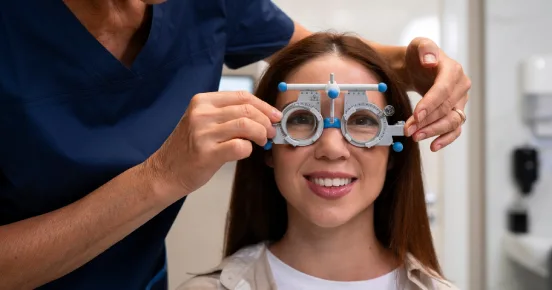
Ahead of the Curve: Emerging Trends in Optometry
Introduction
Optometry, a vital branch of healthcare dedicated to eye health, has continually adapted and evolved, reflecting broader scientific advances and changing societal needs. This dynamic field not only addresses basic vision correction but has expanded to include the comprehensive diagnosis and management of ocular diseases, positioning itself as crucial in the preventive healthcare spectrum.
Technological advancements are dramatically transforming the landscape of vision care, heralding a new era of possibilities in diagnostics and treatment strategies. Innovative developments such as artificial intelligence, digital imaging, and teleoptometry are not just enhancing the precision of diagnoses but are also making eye care more accessible and personalized. These technologies empower optometrists to offer services that are more aligned with the individual needs of their patients, thereby improving the quality of care and patient satisfaction. The integration of these cutting-edge technologies into optometry practices represents a significant leap forward. As we harness the full potential of optical technology and smart eyewear, we are set to witness a substantial shift in how eye health services are delivered. This transition not only promises better patient outcomes but also ensures that optometry remains at the forefront of healthcare innovation, ready to meet the challenges of the 21st century.
By embracing these advancements, the field of optometry is set to redefine vision care, making it more efficient, effective, and patient-centric. This shift is pivotal as it underscores the importance of continuous innovation and adaptation in healthcare, ensuring that the care provided keeps pace with technological progress and the evolving needs of society.
Advances in Optical Technology
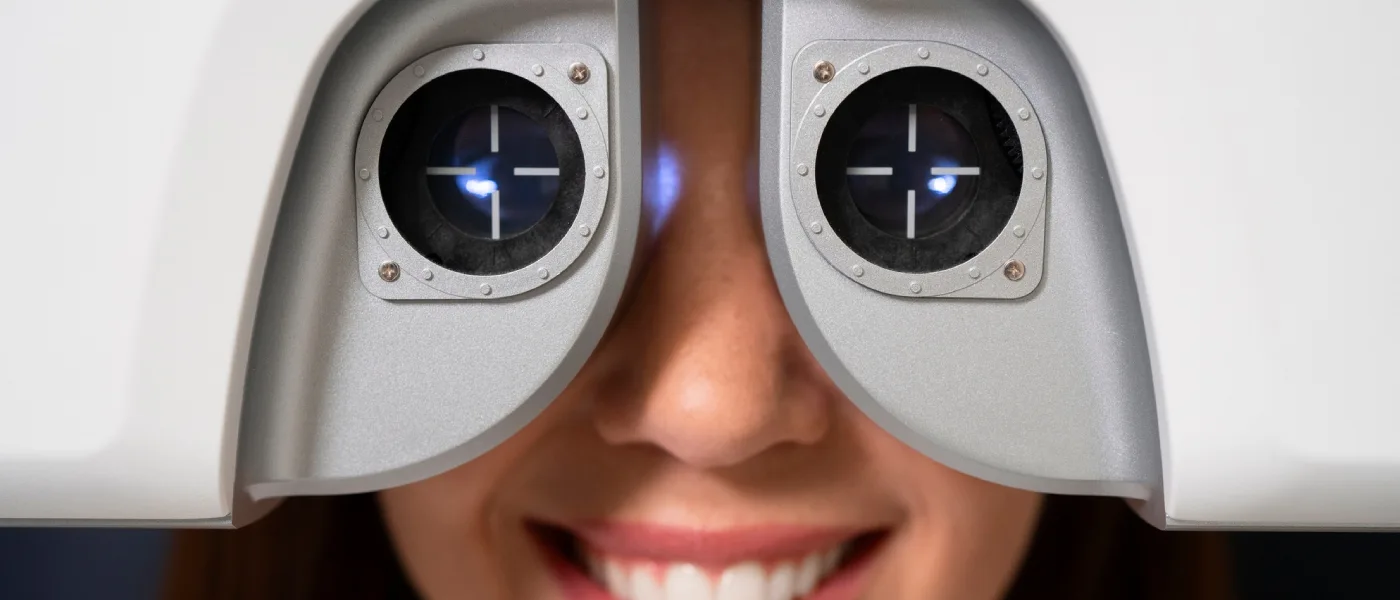
The field of optometry is witnessing a remarkable transformation, driven by groundbreaking advances in optical technology. These technological enhancements, particularly the integration of Artificial Intelligence (AI) in diagnostic equipment, are reshaping the way we understand and approach eye health diagnostics. This evolution marks a significant leap forward in our ability to diagnose and treat ocular diseases with unprecedented accuracy and efficiency.
AI-Powered Diagnostic Tools: A New Era in Eye Care
At the forefront of optical technology advancements is the integration of AI, which has introduced a level of precision and personalization previously unattainable. AI algorithms are now employed in various diagnostic tools, enabling them to analyze vast amounts of data rapidly and with great accuracy. For instance, devices like automated refractors and phoropters utilize AI to assess a patient's vision and determine the most accurate prescriptions in minutes. These tools not only streamline the diagnostic process but also enhance the accuracy of prescriptions, significantly improving patient outcomes.
Another notable advancement is the development of AI-driven retinal scanners. These scanners can detect early signs of conditions such as diabetic retinopathy and age-related macular degeneration before they become apparent to the naked eye. By identifying such conditions early, optometrists can manage them more effectively, potentially saving patients from severe vision loss.
Impact on Eye Health Diagnostics
The impact of these technological advancements on eye health diagnostics cannot be overstated. With the aid of sophisticated imaging technologies and data analytics, optometrists can now offer a more comprehensive assessment of eye health. This capability is crucial, especially in the detection of chronic eye diseases that require ongoing monitoring and management.
Devices equipped with optical coherence tomography (OCT) are a prime example. OCT technology provides detailed images of the retina, allowing for the visualization of cross-sectional layers that help in diagnosing and monitoring diseases like glaucoma and retinal tears. The clarity and detail that these images provide are invaluable in making informed treatment decisions that can halt the progression of potentially blinding conditions.
Embracing the Future of Optical Technology
As we continue to embrace these advanced technologies, the role of optometrists is expanding beyond traditional boundaries. The integration of AI and high-definition diagnostic tools not only enhances clinical practices but also elevates patient care to new heights. It allows for earlier interventions, personalized treatment plans, and better patient education on eye health management.
The Rise of Smart Eyewear

The advent of smart eyewear is revolutionizing the landscape of vision care, merging the latest in fashion with groundbreaking technology. These innovative devices are not just accessories but powerful tools designed to enhance daily life for individuals with vision impairments, as well as those looking to integrate digital convenience into their eyewear. Let's delve into how these technological marvels are shaping the future of vision care.
Smart Eyewear: A New Vision for Eye Care
Smart eyewear encompasses a range of optical devices equipped with advanced technology to perform more than just vision correction. These devices incorporate features such as augmented reality (AR), real-time data display, and even health monitoring sensors. One of the most exciting applications is in the management of myopia, a prevalent eye condition affecting a significant portion of the global population.
The latest models of smart glasses come equipped with lenses that can adjust their optical power in real-time, based on what the wearer is viewing. This dynamic adjustment helps manage the progression of myopia by reducing eye strain during activities like reading or screen use. The integration of augmented reality adds another layer of functionality, overlaying digital information onto the physical world, which can be especially useful for educational purposes or complex task management.
Pioneering Eye Correction Technology in 2024
As we move towards 2024, the technology behind smart eyewear is becoming increasingly sophisticated. New advancements are focused on enhancing the user experience and providing solutions that are both proactive and preventative. For instance, some smart eyewear now includes UV light filters that automatically adjust to sunlight exposure, protecting the eyes from harmful rays while adapting to changing light conditions.
Furthermore, the development of embedded sensors in eyeglass frames and lenses represents a significant leap forward. These sensors can monitor health indicators such as glucose levels or intraocular pressure, offering a non-invasive way to keep tabs on conditions that affect eye health. This is particularly crucial for patients with conditions like diabetes or glaucoma, where fluctuations in these parameters can have serious implications for vision.
Smart Eyewear: Enhancing Lifestyle and Vision Care
The integration of technology into eyewear transforms how users interact with their environment and manage their health. For instance, GPS-enabled smart glasses can provide visual and audio navigation cues directly to the wearer, enhancing mobility for visually impaired users. Additionally, connectivity with smartphones or other digital devices allows for seamless access to notifications and communications without needing to look at a screen.
Smart eyewear also plays a crucial role in pediatric eye care, where engaging and interactive features can encourage children to wear glasses while making vision correction more effective and monitored. With the ability to adjust prescriptions as children grow, these smart glasses offer a dynamic solution that keeps pace with developmental changes.
Virtual Eye Exams and Teleoptometry
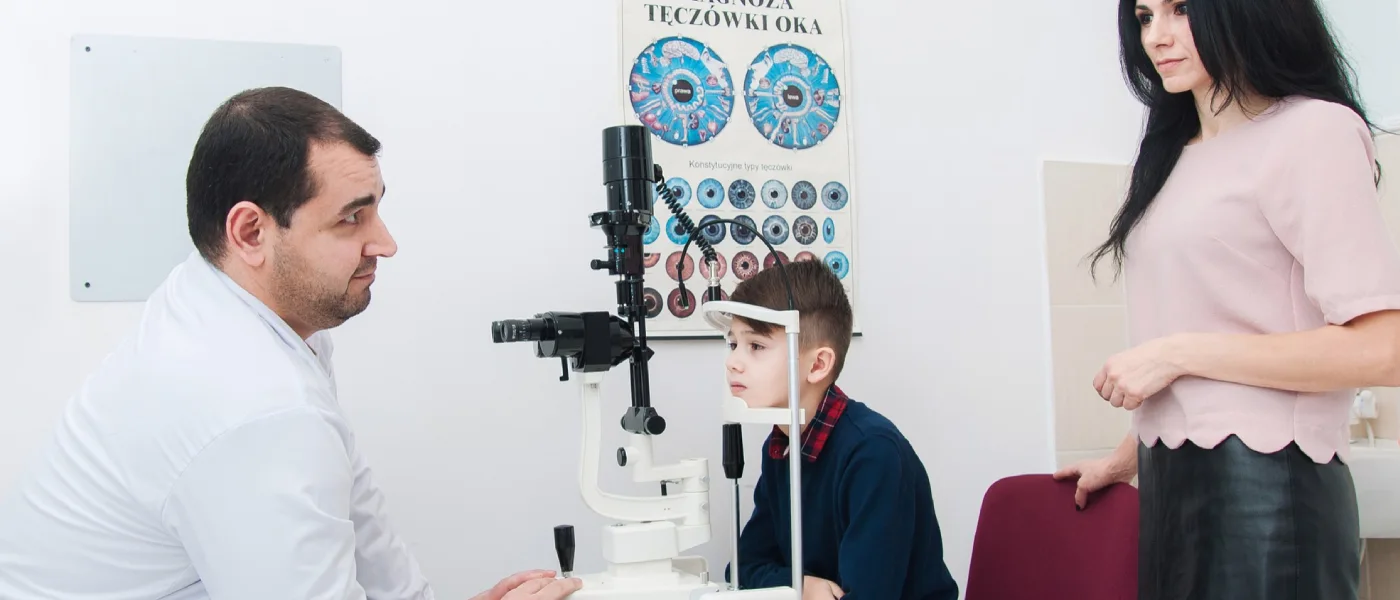
The rapid advancement in digital health technology has ushered in a transformative era in the field of optometry with the adoption of virtual eye exams and teleoptometry. This innovative approach to eye care is significantly enhancing the accessibility, efficiency, and convenience of services for both patients and healthcare providers. Let’s delve into the substantial benefits and the growing importance of virtual eye care, especially in underserved and remote areas.
Enhancing Patient and Optometrist Experience with Virtual Eye Exams
Virtual eye exams, utilizing cutting-edge teleoptometry technology, are reshaping the traditional encounter between patients and eye care professionals. These remote assessments allow optometrists to conduct comprehensive eye exams without the need for the patient to be physically present in the clinic. This method is not only a boon for patient convenience but also greatly increases the efficiency of the practice by enabling optometrists to see more patients in less time.
Patients benefit from reduced travel times and expenses, and the flexibility of scheduling exams at their convenience. For those with mobility issues, the elderly, or patients with chronic conditions that make visits to a clinic challenging, virtual eye exams are a game-changer. Furthermore, the use of high-definition video calls and sophisticated diagnostic software ensures that the quality of care delivered virtually matches that of in-person consultations.
Improving Access to Eye Care in Remote Areas
One of the most significant impacts of teleoptometry is its ability to extend eye care services to remote and rural areas, where traditional optometric services might not be readily available. Many communities in these regions suffer from a lack of adequate healthcare infrastructure and a shortage of specialists. Virtual eye exams bridge this gap by connecting patients with optometrists through digital platforms, regardless of geographical barriers.
Teleoptometry not only facilitates initial eye assessments but also supports ongoing monitoring and management of chronic eye conditions such as glaucoma and diabetic retinopathy. This continuous care is vital for preventing conditions from worsening, which can lead to severe vision impairment or blindness. By improving regular access to eye care, virtual exams play a crucial role in enhancing the overall health and quality of life for individuals in less accessible regions.
The Future of Eye Care with Teleoptometry
As technology continues to advance, the scope and capabilities of virtual eye exams are expected to expand further. Innovations in AI and machine learning are poised to enhance diagnostic accuracy in virtual settings, making teleoptometry an even more integral part of eye care. The integration of AI can help in the automatic detection of abnormalities in eye scans, providing a preliminary analysis before a detailed review by a qualified optometrist.
To optimize the benefits of virtual eye exams and teleoptometry, ongoing training for optometrists in the use of telehealth technologies is essential. Additionally, improving internet access and the digital literacy of patients in remote areas will further enhance the effectiveness of teleoptometry services.
Patient Education and Engagement in Vision Care
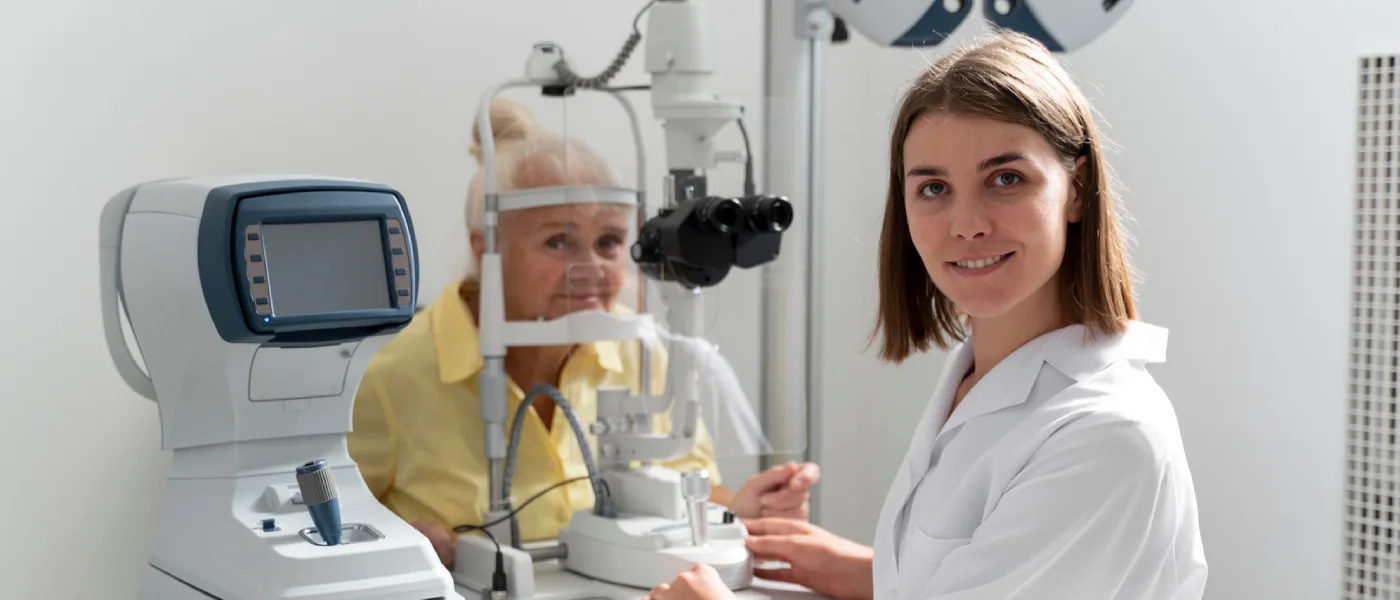
In the realm of optometry, the significance of patient education extends beyond mere information dissemination. It is about empowering patients to actively participate in their eye health management. This commitment to education helps to foster informed decision-making and enhances the effectiveness of treatment outcomes. By investing in comprehensive patient education, optometrists play a crucial role in ensuring that their patients are well-informed and engaged in their care processes.
The Role of Optometrists in Patient Education
Optometrists serve as the primary educators in the field of eye health. Their role transcends performing eye exams and prescribing corrective lenses. They are pivotal in educating patients about eye health, preventative care, and the implications of eye conditions. For example, an optometrist explaining the impact of diabetes on eye health can encourage a patient to monitor their blood sugar levels more closely, illustrating how systemic health directly affects ocular health.
Effective patient education involves explaining complex medical terms and conditions in an understandable language, using visual aids and demonstrations to enhance comprehension. This clarity helps patients make informed choices about their treatment options, understand the importance of following medical advice, and recognize when to seek care for eye health issues.
Examples of Educational Programs and Tools in Optometry
To facilitate effective patient education, many optometry practices utilize a variety of educational tools and programs:
- Digital Visual Aids: These include high-resolution images and videos that show the anatomy of the eye, how various diseases affect vision, and the benefits of different treatment options.
- Customized Educational Content: Many practices develop their written materials, such as brochures and handouts, tailored to the specific needs and conditions of their patients. These materials often include information on eye care hygiene, the importance of regular eye exams, and tips for maintaining optimal vision health.
- Interactive Tools: Some practices incorporate interactive models of the eye or computer simulations that allow patients to visualize their eye conditions and understand the impact of potential treatments.
- Workshops and Seminars: Hosting educational sessions on topics like the prevention of age-related macular degeneration or the importance of UV eye protection can be an effective way to engage groups of patients, fostering a community-focused approach to eye health education.
Optimizing Patient Engagement Through Education
Educated patients are more likely to comply with treatment plans, attend regular check-ups, and adopt lifestyle changes that can mitigate the risk of eye diseases. Optometrists, by providing thorough education, not only enhance the patient's understanding but also build trust and rapport, which are essential for successful patient outcomes.
To further optimize patient education, optometry practices should consider the integration of digital tools like apps or websites where patients can access personalized information, track their vision changes, and even have direct communication with their eye care providers. These digital platforms can provide ongoing support and education outside of regular office visits, making it easier for patients to stay informed and engaged in managing their eye health.
The Impact of AI on Optometry
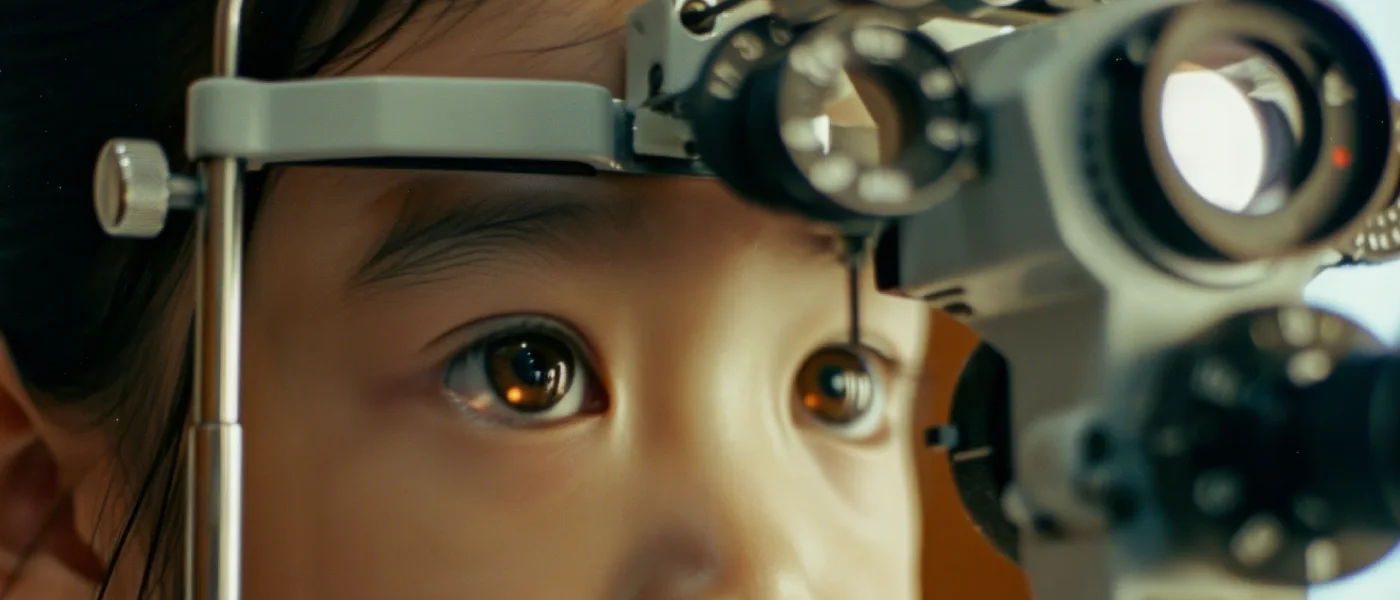
The integration of Artificial Intelligence (AI) in optometry is revolutionizing the way eye health is monitored and treated. This transformative technology brings precision and efficiency to diagnostics, reshaping the future of eye care. However, it also raises important questions about the role of AI in healthcare. Here, we delve into the profound impact of AI on optometry, exploring both its advancements and the concerns it generates among professionals and patients alike.
Advancements in AI-Driven Eye Health Diagnostics
AI's application in optometry is vast and varied, significantly enhancing the ability to diagnose and treat eye conditions with unprecedented accuracy. One of the most impactful uses of AI is in the detection of diseases such as diabetic retinopathy and glaucoma at much earlier stages than was previously possible. Through machine learning algorithms, AI systems can analyze thousands of retinal images and identify subtle patterns that might be missed by human eyes. This capability not only improves the accuracy of diagnoses but also facilitates earlier interventions, which can be crucial in preventing severe outcomes or irreversible vision loss.
Another area where AI is making a mark is in the customization of treatments. Algorithms are now capable of predicting how different treatments can affect individual patients, allowing optometrists to tailor interventions more effectively. This personalized approach ensures that patients receive the most appropriate care specific to their condition, which in turn enhances treatment outcomes.
Addressing Concerns: Will AI Replace Optometrists?
Despite the benefits, the rise of AI in optometry has sparked concerns among professionals about the potential for technology to replace human practitioners. These fears are not unfounded, as AI continues to automate many tasks traditionally performed by optometrists. However, it is important to understand that AI is intended to augment, not replace, the expertise of eye care professionals.
Research and real-world applications have shown that AI serves as a tool that can help optometrists perform their jobs more effectively rather than as an alternative to human oversight. For example, AI can handle routine screenings and data analysis, freeing up optometrists to focus on more complex cases and patient care strategies that require human empathy and understanding—qualities that AI cannot replicate.
Additionally, the implementation of AI in optometry practices is governed by rigorous standards and regulations, ensuring that the technology is used safely and ethically. These guidelines help maintain the indispensable role of professional judgment in patient care.
Future Developments in AI and Optometry
Looking forward, AI is expected to become even more integrated into optometry, with ongoing advancements likely to introduce new capabilities. Future developments might include more sophisticated predictive analytics for assessing risks of eye diseases and more advanced personalization of visual aids like glasses and contact lenses. As AI technology evolves, so too does the need for optometrists to adapt and update their skills to utilize these new tools effectively. Continuous professional development and training in the use of AI will be crucial for optometrists to ensure they remain at the forefront of their field.
Innovations in Eye Health Management

The field of optometry is experiencing rapid advancements that are reshaping the management and treatment of common eye conditions. These innovations are not only enhancing patient outcomes but also refining the strategies optometrists employ in their practices. Let's explore the cutting-edge treatments and dive into the latest trends in ophthalmic research and their practical applications.
Revolutionary Treatments Transforming Eye Care
The approach to managing and treating eye conditions has evolved significantly with the introduction of new, innovative therapies. For instance, the development of gene therapy presents a promising future for patients with inherited retinal diseases, offering potential cures that were unimaginable just a decade ago. Similarly, advancements in pharmacological treatments for conditions like dry eye syndrome and glaucoma are improving patient comfort and slowing disease progression more effectively than ever before.
Minimally invasive surgical techniques have also seen considerable improvements, reducing recovery times and enhancing the safety of procedures aimed at correcting vision and treating chronic conditions. These techniques, including laser-assisted surgeries and injectable medications, allow for more precise interventions with fewer complications, leading to better patient experiences and outcomes.
Ophthalmic Research Trends: From Bench to Bedside
Ophthalmic research is a dynamic field where innovative studies continually influence practical clinical applications. One of the prominent trends is the use of artificial intelligence (AI) in diagnosing eye diseases. AI algorithms are increasingly used to analyze imaging tests, such as optical coherence tomography (OCT) scans, to detect signs of diseases such as diabetic retinopathy and age-related macular degeneration earlier than traditional methods.
Another significant research area focuses on the development of smart contact lenses and wearable ocular devices. These devices are capable of continuously monitoring intraocular pressure and tear composition, providing real-time data that can be used to manage conditions like glaucoma and dry eye syndrome more proactively.
Enhancing Optometry Practice Management with Innovative Strategies
The integration of advanced diagnostic tools and treatment options necessitates an evolution in optometry practice management. Modern practice management software now incorporates modules for electronic health records (EHRs) that are specifically designed to accommodate the unique needs of eye care professionals. These systems enhance patient scheduling, billing, and communication, allowing for more efficient practice operations.
Furthermore, teleoptometry has become an integral part of practice management, expanding access to care by allowing optometrists to conduct remote consultations and follow-ups. This not only maximizes the reach of optometric services but also ensures continuous patient care amidst challenges such as the recent global pandemic.
Conclusion

As we have explored throughout our discussion, the field of optometry is undergoing significant transformations, driven by technological advancements and innovative research. These developments promise to enhance the accuracy of diagnostics, the effectiveness of treatments, and the overall management of eye health. Let's recap the key points and consider how staying informed about these trends can empower both patients and practitioners.
Key Points Recap
- Advanced Treatments and Technologies: New pharmacological treatments and minimally invasive surgeries are setting higher standards for patient care, offering solutions that are not only effective but also more comfortable and convenient for patients.
- Ophthalmic Research Trends: Cutting-edge research, particularly in AI and wearable technologies, is revolutionizing diagnostics and ongoing patient care. These tools help detect diseases at earlier stages and monitor eye health conditions more continuously and accurately.
- Optometry Practice Management: The integration of sophisticated practice management software and teleoptometry services is streamlining administrative tasks and expanding the reach of eye care services, making quality eye care more accessible than ever before.
Staying Informed and Proactive
For optometrists and eye care professionals, keeping up-to-date with these advancements is crucial for delivering state-of-the-art care. Continuous education and adaptation to new technologies and treatments not only enhance professional capabilities but also ensure that patients receive the most effective and informed care possible.
Patients, too, benefit immensely from being knowledgeable about the latest in eye health management. Understanding the potential and promise of new treatments and technologies enables patients to make informed decisions about their eye care and fosters a proactive approach to managing their eye health.
As we look forward to more breakthroughs and innovations, the commitment to education and adaptation will undoubtedly play a pivotal role in shaping the future of optometry. Let us embrace these changes with enthusiasm and confidence, knowing that they hold the promise of better vision and healthier lives for millions around the globe.